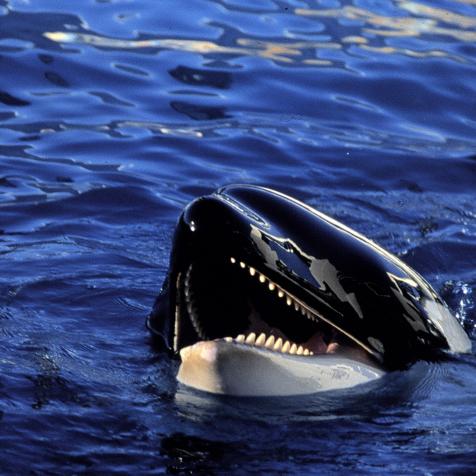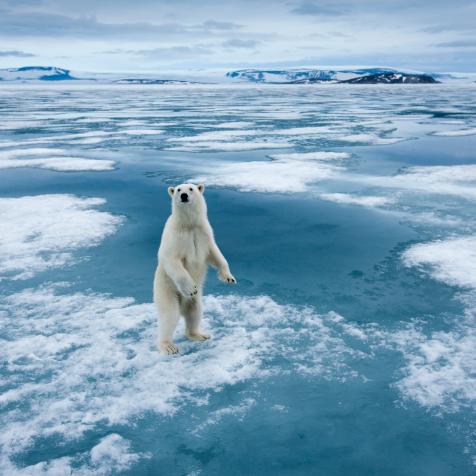
Peter Lillie
The ‘Immortal’ Plant Tells Its Tale
A plant with two leaves has the power to live up to 1,000 years in a rowdy desert...is there really such a thing?
The vicinity, between southern Angola and northern Namibia, is home to a leafy green plant that can live up to 1,000 years. This plant’s intriguing lifespan has researchers wondering why, out of all climates the world has to offer, this plant finds itself to thrive in the harsh, dry, and quite often unforgiving Namib Desert —known to reach less than two inches of precipitation a year, according to the New York Times.

Pawel Toczynski
The Namib desert gets less than 2 inches of rain annually.
Welwitschia, meaning “two leaves that cannot die,” in Afrikaans, is known to be the “longest-lived leaves in the plant kingdom.” The plant was discovered and mesmerized by biologists Charles Darwin and the botanist Friedrich Welwitsch, whom the plant was named after in 1859. Andrew Leitch, a plant geneticist at Queen Mary University of London, explains, “[t]his plant can live thousands of years, and it never stops growing. When it does stop growing, it’s dead.” Welwitschia isn’t necessarily known for its looks-- its two leaves that continue to grow eventually end up looking like a pile of party streamers that curl up over time.
Nature Communications, a study published and led by Tao Wan in July, conducted research to discover and identify the magic within Welwitschia’s genetic makeup. Wan and researchers were able to infer, “[a]pproximately 86 million years ago, after a mistake in cell division, the entire Welwitschia genome doubled during a time of increased aridity and prolonged drought in the region — and possibly the formation of the Namib Desert itself.” Additional research concluded that duplicated genes are stripped of their defining purposes, allowing some to develop new functions. But because DNA replication consumes high levels of energy, duplicated genes can at times cause more harm than good, especially in severe weather conditions.

Michael Schwab
Welwitschia mirabilis can be 1000–2000 years old.
Welwitschia’s genome also “largely” consists of retrotransposons known to be “ ‘junk’ self-replicating DNA sequences,” the New York Times adds. Researchers theorize a “burst” of retrotransposons activity that occurred between 1–2 million years ago that was related to extreme heat-induced stress. To combat the burst, the plant “underwent widespread epigenetic changes that silenced these junk DNA sequences, through a process called DNA methylation. This process, along with other selective forces, drastically pared down the size and energetic maintenance cost of Welwitschia’s duplicated library of DNA, Dr. Wan said, giving it ‘a very efficient, low-cost genome.’ ”
Besides DNA methylation, this plant still has more magic coming out of its leaves. Unlike most plants, where the leaves grow from the ends of its stem and branches, the Welwitschia’s leaves grow from a “vulnerable” area called the basal meristem, “which supplies fresh cells to the growing plant, Dr. Wan said.” The combination of internal and external factors of the Welwitschia has allowed the plant to continue thriving in extreme temperature conditions. Researchers are hopeful that Welwitschia can also provide insight into the agricultural industry and how we can develop less thirst-quenching crops.












































































